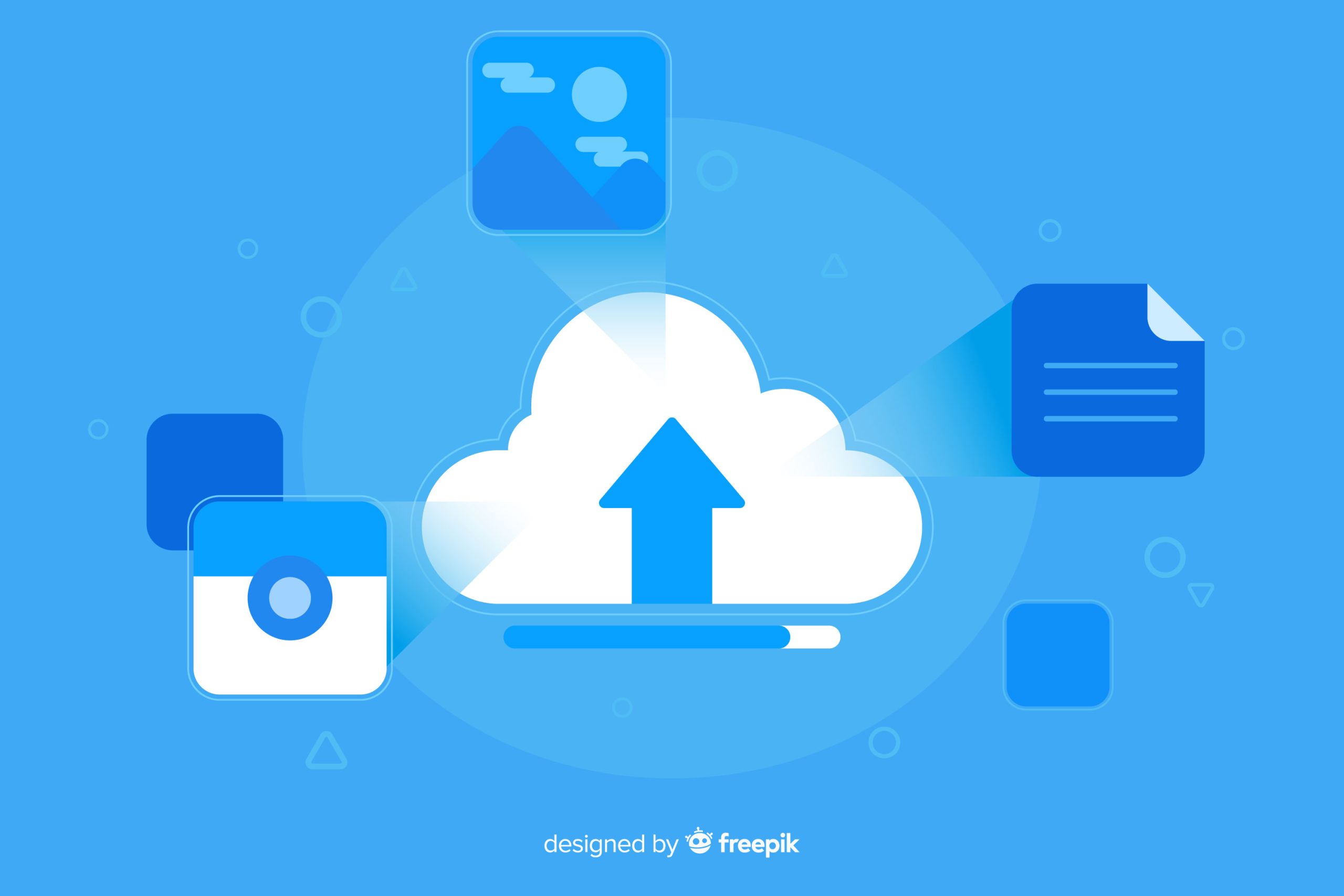Best Practices for Log Retention & Cost Optimization in Azure
Effective log retention and cost optimization are crucial in Azure to ensure compliance, performance monitoring, and security without overspending. Managing log data efficiently helps balance the need for historical insights with storage costs. In this blog, we’ll explore best practices for optimizing log retention and reducing costs in Azure.
1. Understand Your Logging Requirements
Before implementing any log retention strategy, understand the business and regulatory requirements for log storage. Different industries have varying compliance needs (e.g., GDPR, HIPAA, SOC 2), which dictate log retention policies.
Key Considerations:
- Security & Compliance: Retain security logs for a mandated period (e.g., 365 days for compliance with SOC 2).
- Operational Monitoring: Keep application and infrastructure logs based on troubleshooting and monitoring needs.
- Cost Constraints: Balance between retaining logs for future insights and minimizing storage costs.
2. Use Azure Monitor Log Analytics for Centralized Logging
Azure Monitor Log Analytics aggregates logs from various Azure services, making it a central place for managing logs efficiently.
Best Practices:
- Enable Diagnostic Settings to send logs from Azure resources (VMs, Kubernetes, Storage, Networking) to Log Analytics.
- Set Data Collection Rules (DCRs) to filter logs and capture only relevant information.
- Use Log Categories Wisely – Only collect logs that add value to monitoring and troubleshooting.
3. Optimize Log Retention Periods
Azure provides configurable retention periods for logs in Azure Monitor, Azure Storage, and Event Hubs.
Recommended Retention Strategies:
| Log Type | Recommended Retention | Storage Location |
|---|---|---|
| Security Logs | 1-2 years | Azure Storage (Cold/Archive) |
| Application Logs | 30-90 days | Log Analytics |
| Infrastructure Logs | 90-180 days | Log Analytics / Storage |
| Kubernetes Logs | 7-30 days | Azure Monitor / Event Hub |
4. Move Old Logs to Cost-Effective Storage Tiers
Instead of keeping all logs in expensive Log Analytics workspaces, move older logs to cheaper storage tiers in Azure Blob Storage.
Cost-Effective Storage Options:
- Hot Tier: For recent logs accessed frequently (first 30-90 days).
- Cool Tier: For logs accessed occasionally (90-365 days).
- Archive Tier: For long-term retention (1+ year, compliance storage).
5. Implement Log Filtering & Sampling
Not all logs are equally useful. You can filter out unnecessary logs and retain only high-value data.
How to Implement Filtering & Sampling:
- Configure Diagnostic Settings to collect only required logs.
- Use Sampling in Application Insights to reduce telemetry volume.
- Enable Log Analytics Data Collection Rules (DCRs) to refine log ingestion.
6. Use Azure Policy & Automation for Log Retention Management
Automating log retention ensures consistency and compliance across all resources.
Automation Strategies:
- Azure Policy: Define and enforce log retention rules.
- Azure Logic Apps/Azure Functions: Auto-delete or move logs after a set period.
- Lifecycle Management Rules for Blob Storage: Automatically transition logs between Hot, Cool, and Archive tiers.
7. Monitor & Analyze Log Costs Regularly
Regular cost monitoring helps avoid unexpected expenses related to log storage and ingestion.
Monitoring Tools:
- Azure Cost Management + Billing: Track storage & log ingestion costs.
- Workbooks in Azure Monitor: Create dashboards to visualize log usage.
- Set Budgets & Alerts: Get notified when log storage costs exceed thresholds.
8. Use Alternative Logging Solutions for High-Volume Logs
For extremely high-volume logs, consider alternatives like:
- Azure Event Hubs + ELK Stack (Elasticsearch, Logstash, Kibana).
- Azure Data Explorer for advanced log analytics.
- Azure Sentinel for security-specific log analysis.
Final Thoughts
Optimizing log retention and cost in Azure requires a strategic balance between compliance, operational needs, and budget constraints. By following best practices such as filtering logs, using cost-effective storage tiers, and automating retention policies, you can reduce costs while maintaining visibility and compliance.
By implementing these strategies, your Azure environment will have an efficient and cost-effective logging system without compromising on security or operational insights.








